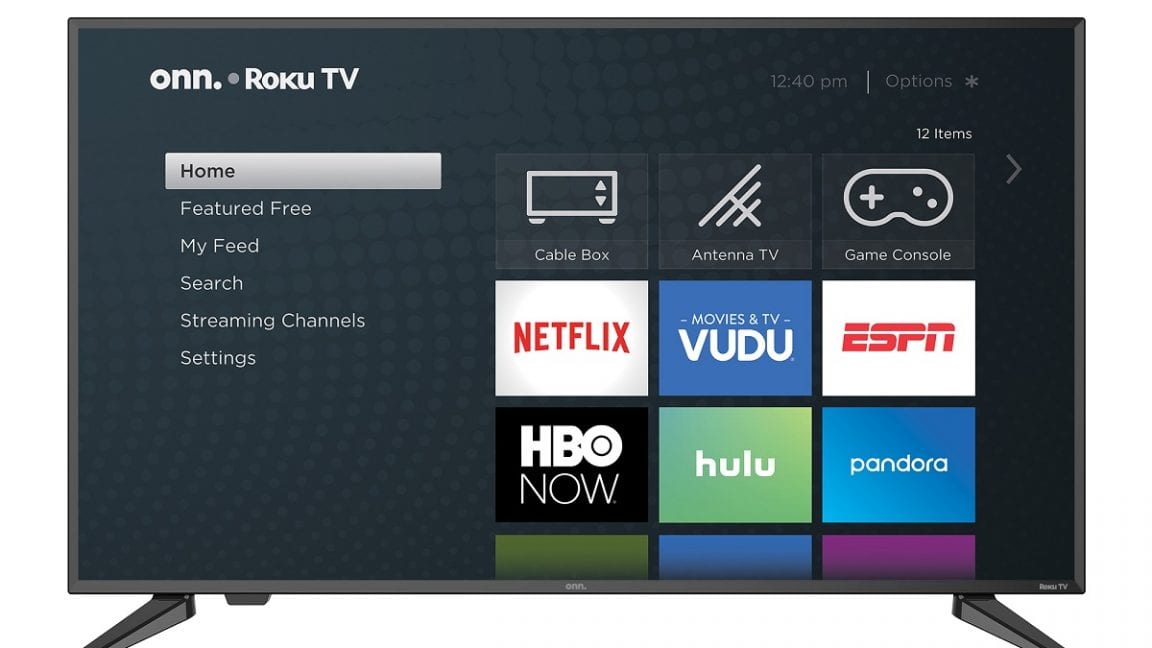

It runs the built-in Google TV interface, which is slower than Samsung's Tizen OS but has more features and a wider selection of streaming apps. The Sony is also no slouch when it comes to smart features. Overall, you'll get the best HDR experience possible from more content with the Sony than you would with the Samsung. It supports advanced audio and video formats, like Dolby Vision HDR, which is a more widely supported format than Samsung's competing HDR10+.

Still, the Sony TV is more accurate overall and has better image processing capabilities, so it displays scenes exactly as its creator intended. It delivers similar picture quality to the Samsung, using a similar QD-OLED panel. The S95B is not as readily available as it used to be, but you can still find it on clearance, and it's the better value of the two.Īlthough the Samsung S90C OLED is the best choice for most users, if you want the best home theater experience possible, consider the more expensive Sony A95K OLED. Aside from that, they're extremely similar TVs. Of course, you get perfect black levels when using it in a dark room thanks to its near-infinite contrast ratio, and there's no distracting blooming around bright objects in dark scenes. Compared to 2022's Samsung S95B OLED, the S90C is a bit brighter and comes in 77 and 83-inch sizes. Like all OLEDs, the TV looks great in a dark room, but it's no slouch in a bright room either it easily gets bright enough to overcome glare and bright lights, and its reflection handling is fantastic. It has a huge selection of streaming apps, so you can quickly find your favorite shows. If you don't want to use voice assistants, its well-organized Tizen smart interface is fast and easy to use. This means you can choose your preferred platform and spend less time searching for content and more time enjoying your new TV. It's an amazing TV with a great selection of smart features, including support for Bixby and Alexa voice assistants. The best smart television we've tested is the Samsung S90C OLED.


 0 kommentar(er)
0 kommentar(er)
